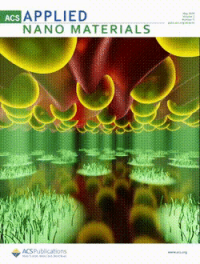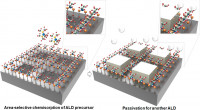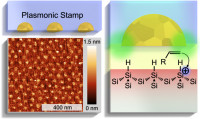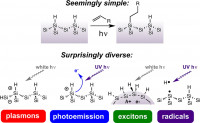Controlled attachment of organic molecules to inorganic surfaces (“functionalization”) is important because of the resulting change to the physical, chemical, and/or electronic properties of the bulk material. Examples illustrating the importance of the ability to tune the surface properties extend to many fields such as biology (biosensors for medical assays), medicine (poly(ethylene glycol) coating on metallic implants), and electronics (improved contacts of device components). Functionalization of semiconductors, especially silicon – the key semiconductor in the electronics industry – has received a great deal of attention, and this focus will continue and become more important the size of devices continue to decrease. With nanometer scale features, the quality of surface passivation (clean reaction at every available site) is critical. Our research has been focused on understanding the chemistry of the hydrosilylation reaction on nanocrystalline porous silicon and “flat” silicon [Si(100)-Hx and Si(111)-H]. Through a detailed study of the reactions, we have been able increase the reaction efficacy by as much as 200x in some cases. See publications 86 and 93.







